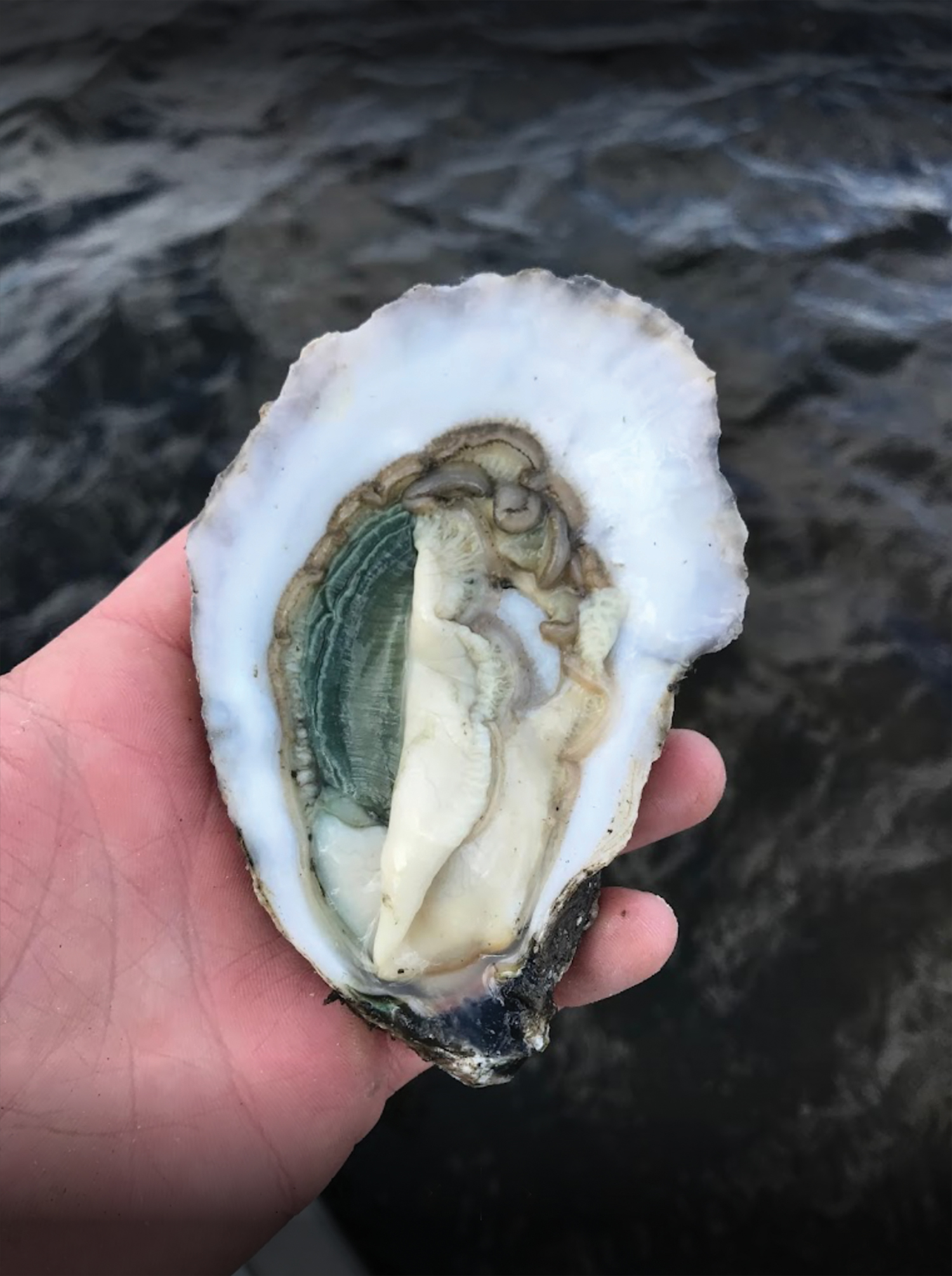Down to the Lowcountry
The tradition of oyster roasts in the Carolinas
BY Shea Huse
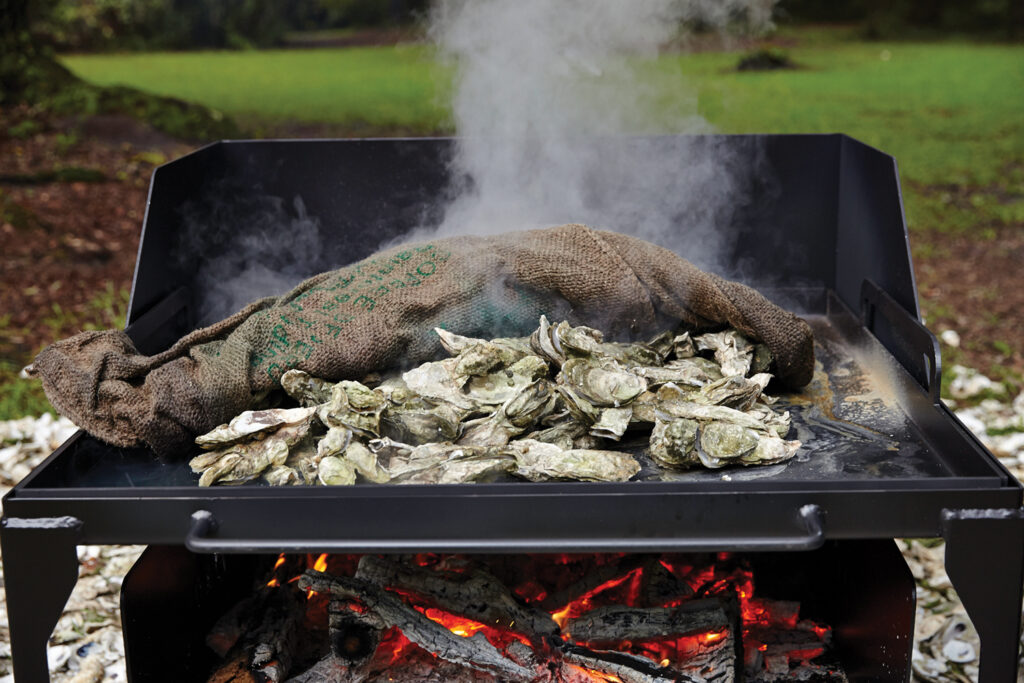
Living on the coast means access to fresh seafood year-round. Whether from a restaurant, seafood market, or harvested straight from the sound, oysters can be prepared and enjoyed in a variety of ways.
Eastern oysters are the only species native to North Carolina. Their flavor is affected by the environment where they are harvested.
“What makes the oysters grown in Masonboro Sound special is the confluence of the estuary and the ocean,” says James Hargrove, owner and operator of Middle Sound Mariculture. “The ocean imparts a subtle brininess that is complemented by undertones of the extensive marsh grasses surrounding Masonboro Island. These two factors combine to provide oysters grown in this region with a balance of salt and sweet that is hard to beat.”
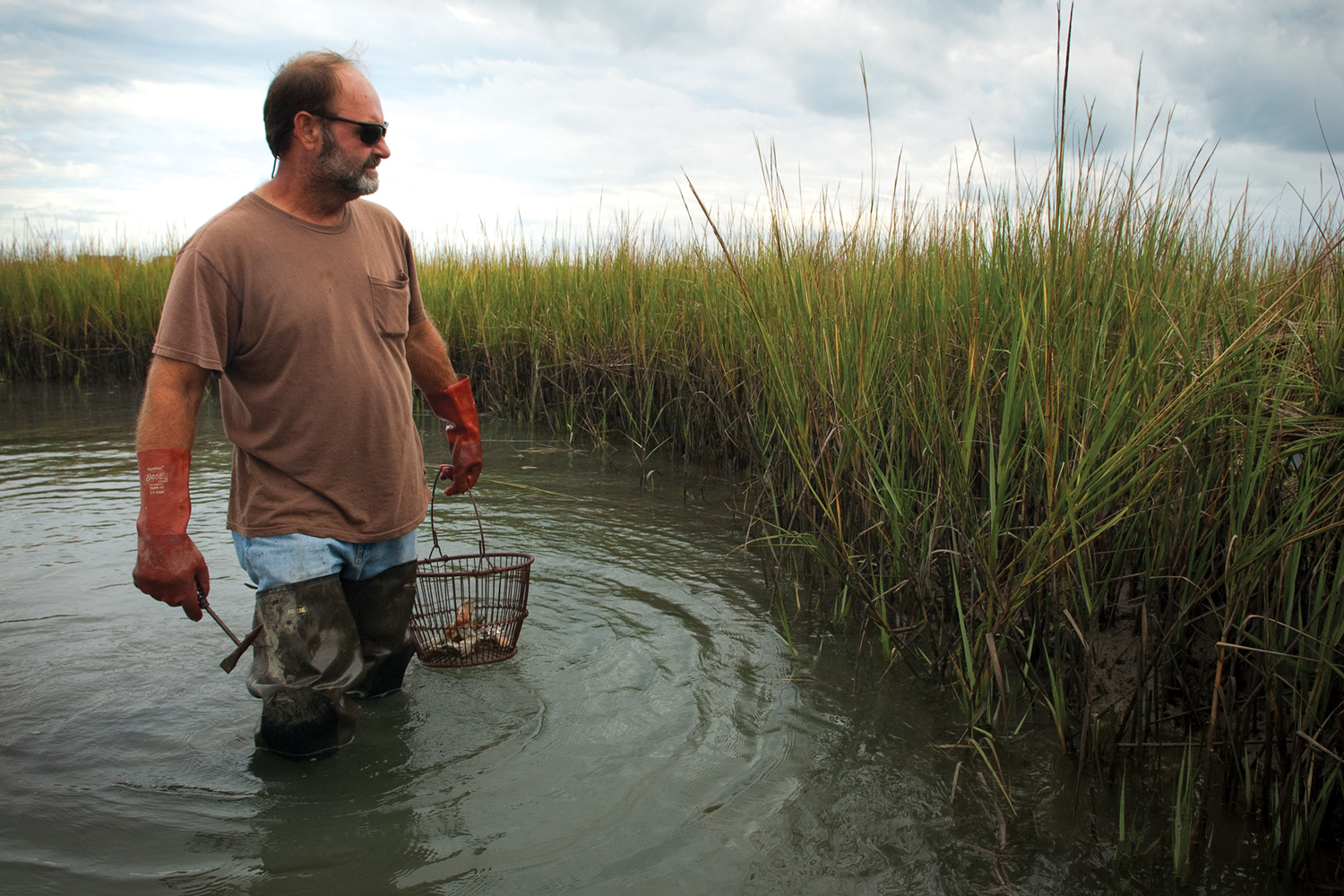
The tasty mollusks are often enjoyed at a traditional Southern oyster roast. The idea originated from the Native American practice of covering oysters and other shellfish in seaweed wraps and cooking over an open fire. Most people now use a seafood boiler or steamer and serve the oysters on a large outdoor table with crackers, lemon wedges and a variety of condiments.
Southern gentry style oyster roasts are said to have originated in the South Carolina Lowcountry, first in the Charleston area then spreading through the South and up the East Coast. Now, there are many opportunities to experience one in the Cape Fear area.
While hosting or attending an oyster roast might be the most fun way to eat oysters, there are several other methods for preparing and serving them. The simplest way, eating them raw, entails cleaning, shucking and slurping them straight from the shell or using an oyster knife to remove the meat.
When oysters are breaded and deep-fried, they are often served on rolls with lettuce, tomatoes, pickles, and remoulade sauce to make po’boys. They can be steamed or smoked to use in a pasta dish such as linguini, often with a light lemon sauce. As a restaurant appetizer, Oysters Rockefeller are baked or broiled and served on a half shell topped with butter, herbs and breadcrumbs and a lemon wedge.
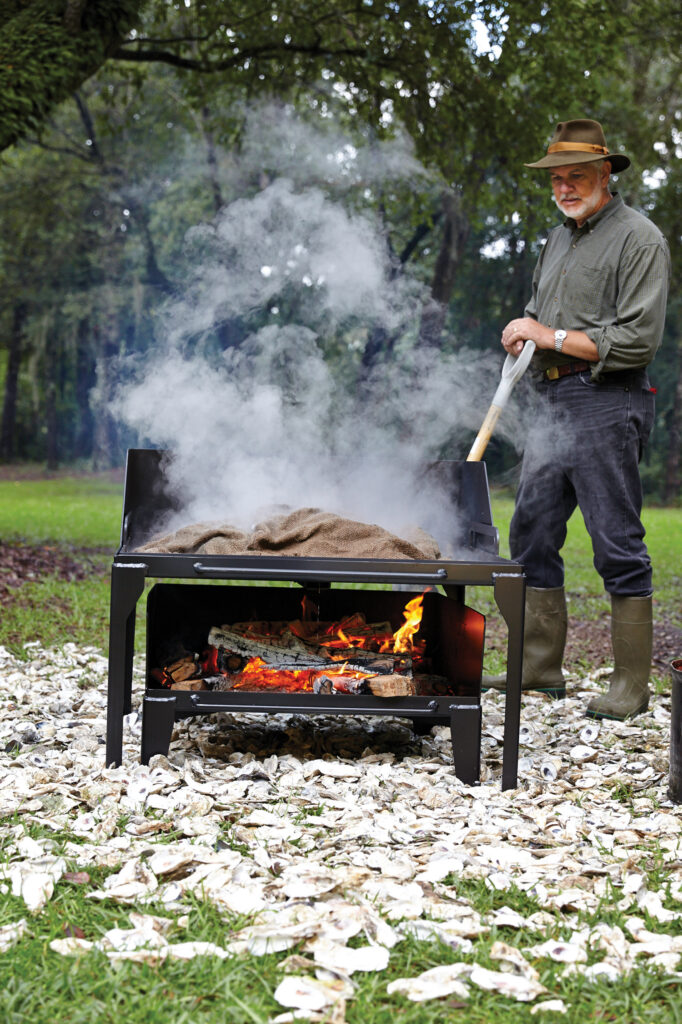

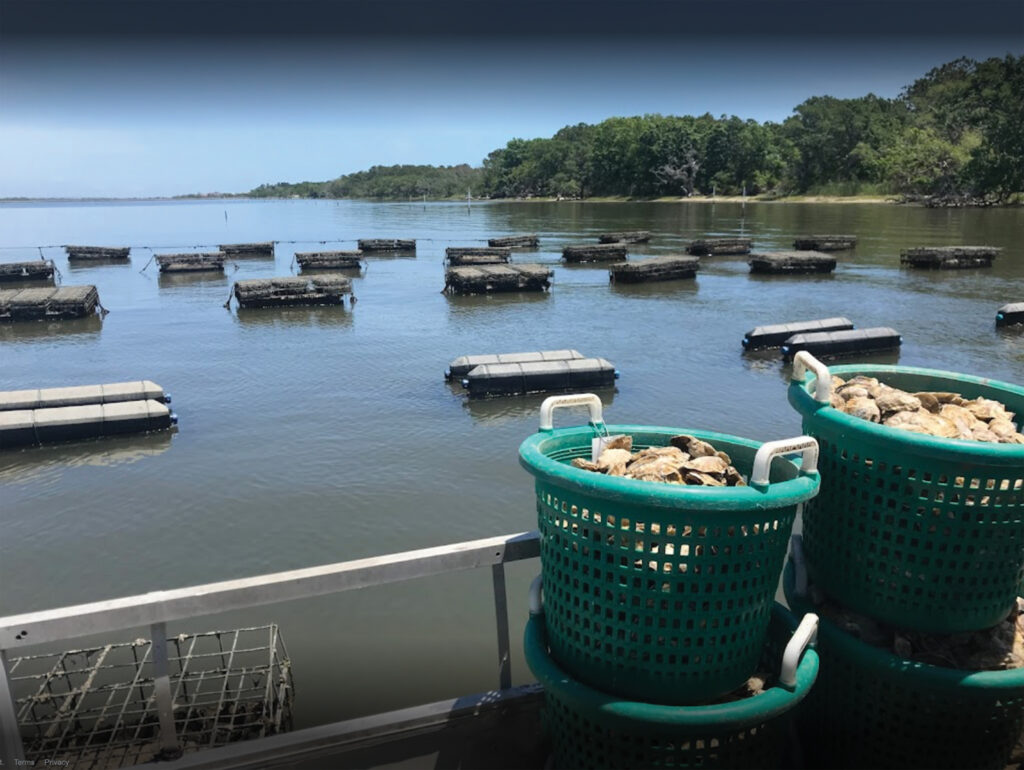
Oysters are an important part of the coastal ecosystem and help to clean our waters, so whether enjoyed in the off-season or at a roast in the colder months, they can be appreciated for multiple reasons.
Oyster roasts are typically held in the late fall and winter months, but according to the North Carolina Oyster Trail’s website, “farmed oysters make it possible to enjoy oysters anytime.”
There are a variety of public events most years to enjoy oysters, including:
Airlie Gardens Oyster Roast
This season it will be Friday, Oct. 20, 2023, and is paired with drinks and live entertainment.
Wilmington Chamber of Commerce
Hosts a members-only oyster roast on Friday, Nov. 3, 2023.
Cucalorus Festival
Hosts an Oyster Party at the Bellamy Mansion on Friday, Nov. 10, 2023.
North Carolina Coastal Federation Roast for the Coast
Holds a fundraising event every March.

